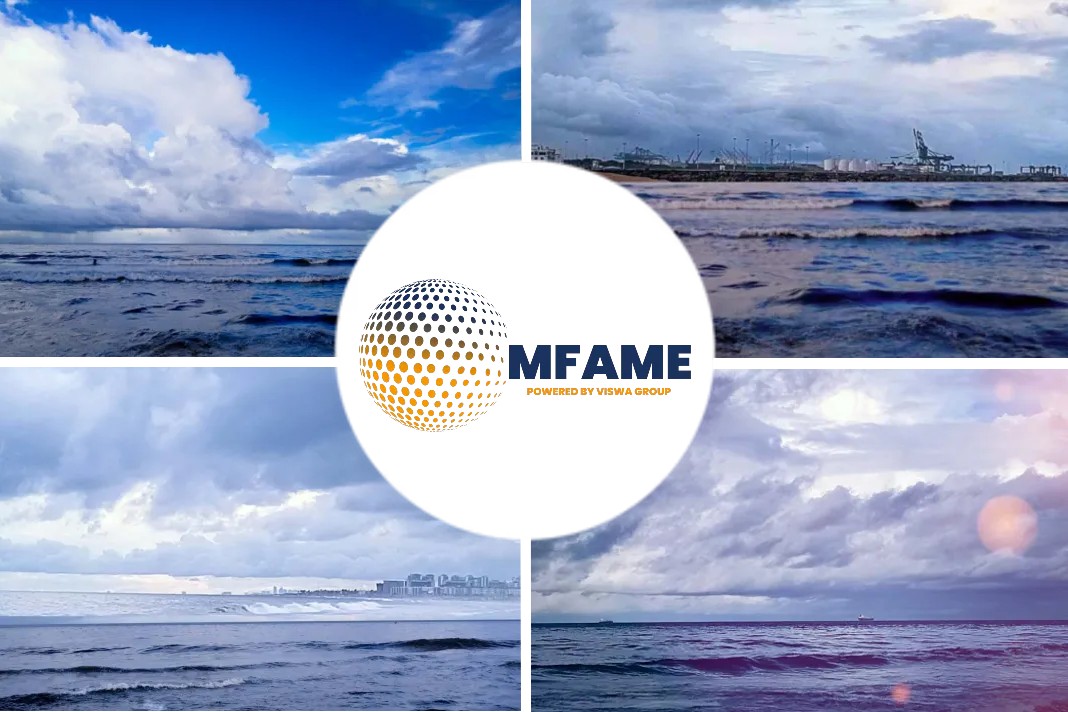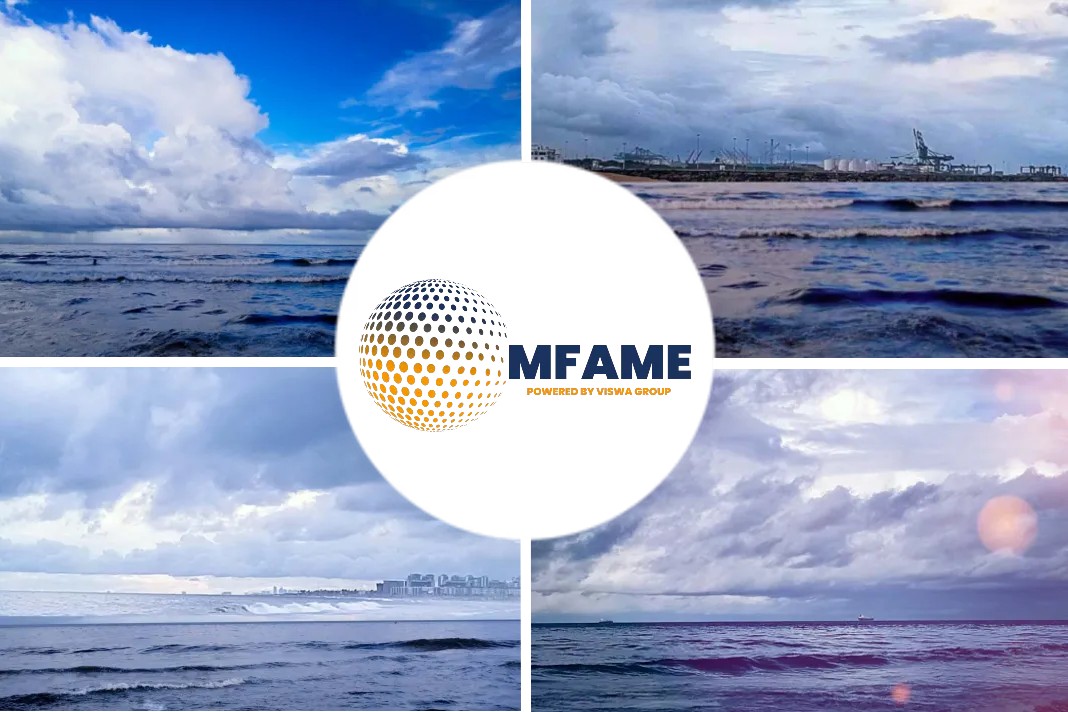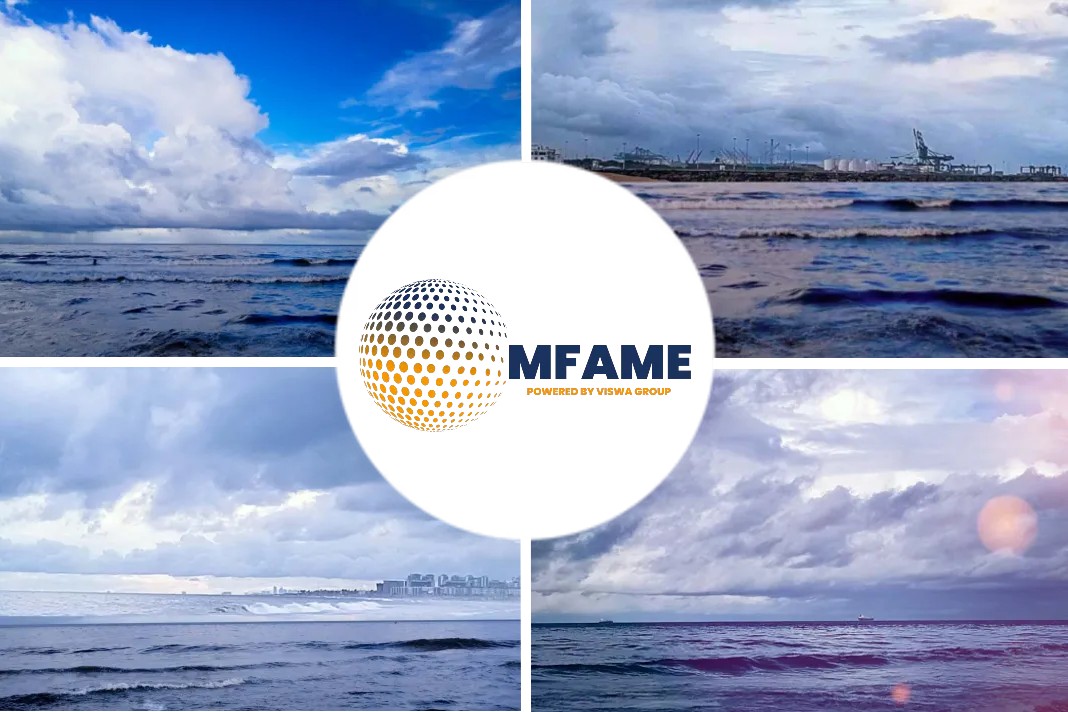The latest prediction by shipping analyst Drewry for multipurpose and heavylift (MPV/HL) shipping is that demand growth for breakbulk and project cargo would be positive but remain weak if the outbreak is contained by 4Q20, reports Shipinsight.
The present Multipurpose Shipping Forecaster report may have a number of limitations. On the basis of the virus outbreak and development of the global economy over 2Q20, Drewry projects three varied scenarios:Fairly benign best case scenario, Negative scenario and the base case scenario.
The base case scenario
- Global economic recovery will not begin until 4Q2.
- Any recovery that had been anticipated for 2Q20 and 3Q20 is expected to delay.
- Covid-19 and plunge in oil price may lead to unemployment and company bankruptcies.
- Both together reduces investment and the collective purchasing power of the world’s population.
Cargo demand growth to stagnate
There prevails a competition effect and the continued encroachment by container and bulk carriers into the breakbulk and project cargo space. Drewry predicts a U-shaped recovery in container demand over 2021 under the base-case scenario.
Whereas, continued oversupply issues in this sector leads to little weakening of the market share taken by the container lines. Also, if the switch has been made to containerisation, shippers and receivers are reluctant to respond due to the initial investment costs.
It is therefore Drewry’s expectation that market share is unlikely to revert back to MPV/HL vessels but the pace of loss of that share will be slower. As a result, Drewry expects MPV/HL cargo demand growth to stagnate in the two years to 2021, growing at an average annual rate of just 0.3%.
The best case scenario
This scenario has only little chances of becoming reality. But, for the sake of completeness – it proposes a modest but positive GDP growth forecast for 2020.
It expects weaker container demand in 2020 but to show positive growth compared to 2019. Meanwhile, bulk demand is hardly expected to slow over the summer months and will show steady growth over the year.
This low probability, high demand scenario suggests that although the MPV/HL market share is unlikely to be regained, the encroachment by the competing sectors is significantly reduced so that it does not worsen over the period. This leads to more buoyant demand growth for the MPV sector over the forecast period.
The low-case scenario
In the low-case scenario, global economic recession over 2020 is anticipated. Also, unemployment and business casualties increase the uncertainty across global markets and a prolonged downturn in freight rates in the dry cargo sector.
A negative demand outlook for MPV/HL vessels
For the MPV/HL segment this is compounded by weak oil prices. It remain at below $30/bbl for the foreseeable future. Demand for this sector is further squeezed by the container and bulk carriers and market share drops further. This leads to a negative demand outlook for MPV/HL vessels.
Demolition activity
The stagnation of the MPV/HL fleet is the sole stable factor. The COVID-19 outbreak is likely to have a negative short-term effect on demolition activity. This because ships are facing long quarantine delays.
However, going forward any suggestion of a global recession is likely to increase demolition candidates. The forecast for this sector is modest, with most of the activity in the older smaller, less heavylift capable parts of the fleet. But it expects activity to increase by some 15-20% in comparison to previous years over 2020 and 2021.
New building activity
On the other side of the supply equation, newbuilding activity has been weak in this sector for the last year and even the best case scenario does not expect this to pick up significantly. There is very little spare cash for this fleet and even less investment enthusiasm. The oil market crash is likely to negatively effect the project market in the medium term, and with it the demand for project carriers. Recent new orders (over 2018/19) have been weighted towards the more heavylift capable tonnage, but this is expected to wane. Over 2020-21 Drewry expects newbuilding deliveries to be beneath expected demolition tonnage by at least 100,000 dwt, leading to a small contraction in the fleet over this period.
Drewry forecasts that under its base-case scenario, average annual charter rates will remain at the same level as 2019. As at the end of March 2020, rates had already started to weaken, albeit not significantly, and are expected to continue in that vein over the summer.
Did you subscribe to our daily newsletter?
It’s Free! Click here to Subscribe!
Source: Shipinsight





















